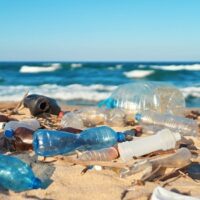As the Trump Administration Considers New Offshore Drilling, Oceana Stands for Healthy Oceans for Every American
Press Release Date: April 18, 2025
Location: Washington, D.C.
Contact:
Cory Gunkel, Megan Jordan | email: cgunkel@oceana.org, mjordan@oceana.org | tel: Cory Gunkel, 202.868.4061
Today the Trump administration’s Department of the Interior announced the start of its process to develop a new Five-Year Plan for offshore oil and gas lease sales on the U.S. Outer Continental Shelf. Interior Director Doug Burgum will soon open a 45-day public comment period before a draft of the drilling plan will be released. This is an initial step in the public process, and details about areas under consideration will publish soon, but the new Five-Year Plan could open significant amounts of U.S. coastlines for oil drilling, including a new proposed area it is calling the “High Arctic.”
“Americans across the country overwhelmingly agree — we must protect our coasts, not destroy them,” said Oceana Campaign Director Joseph Gordon. “We know oil spills wreck economies and businesses, kill wildlife, and devastate coastlines. These consequences are why there is a strong bipartisan tradition to protect our oceans from drilling. As we approach the 15th anniversary of the Deepwater Horizon disaster, we can’t let the tragic lessons from that destructive legacy be forgotten. Oceana will stand with coastal communities again and hold the line to protect our coasts from toxic and destructive offshore drilling.”
The Outer Continental Shelf Lands Act sets out the Five-Year Plan process for the executive branch to propose when and where to offer leases for offshore oil and gas drilling. Separately, the law gives presidents the power to withdraw areas from availability for oil and gas leasing. Presidents from both parties have used this authority to withdraw large areas from oil and gas leasing, including President Trump, who withdrew the Southeast coast from Florida to North Carolina for 10 years in 2020.
Bipartisan Congressional support for coastal protection remains strong. Over the past decade, more than 390 municipalities, 60,000 businesses, and 500,000 fishing families – as well as 2,200 elected officials from both parties – have opposed offshore drilling activities off their waters. The business community, defense advocacy groups, and the public have called for their oceans to be permanently protected.
A poll released by Oceana in July 2024 revealed that two-thirds of American voters (64%) support their elected officials protecting U.S. coastlines from new offshore drilling, with similar support among registered voters in coastal states (66%).
Oil spills can be catastrophic, and the long-term impacts of Deepwater Horizon are a reminder of this legacy of devastation. There are significant risks with offshore drilling today and oil spills are an ongoing problem. More than 7,300 oil spills occurred in federal waters between 2010 and 2022 — an average of over one spill every day. Offshore oil and gas drilling causes harmful pollution at every phase of the process, including exploration, production, and transportation.
A 2021 analysis by Oceana found that ending new leasing could prevent more than $720 billion in damage to people, property, and the environment. The oil industry currently holds more than 2,000 leases, according to a 2023 Oceana report, with 75% of that ocean acreage currently unused. According to the U.S. Energy Information Administration, “The United States produced more crude oil than any other nation at any time for the past six years in a row.”
For more information about Oceana’s campaign to prevent the expansion of offshore drilling in the United States, please click here.



